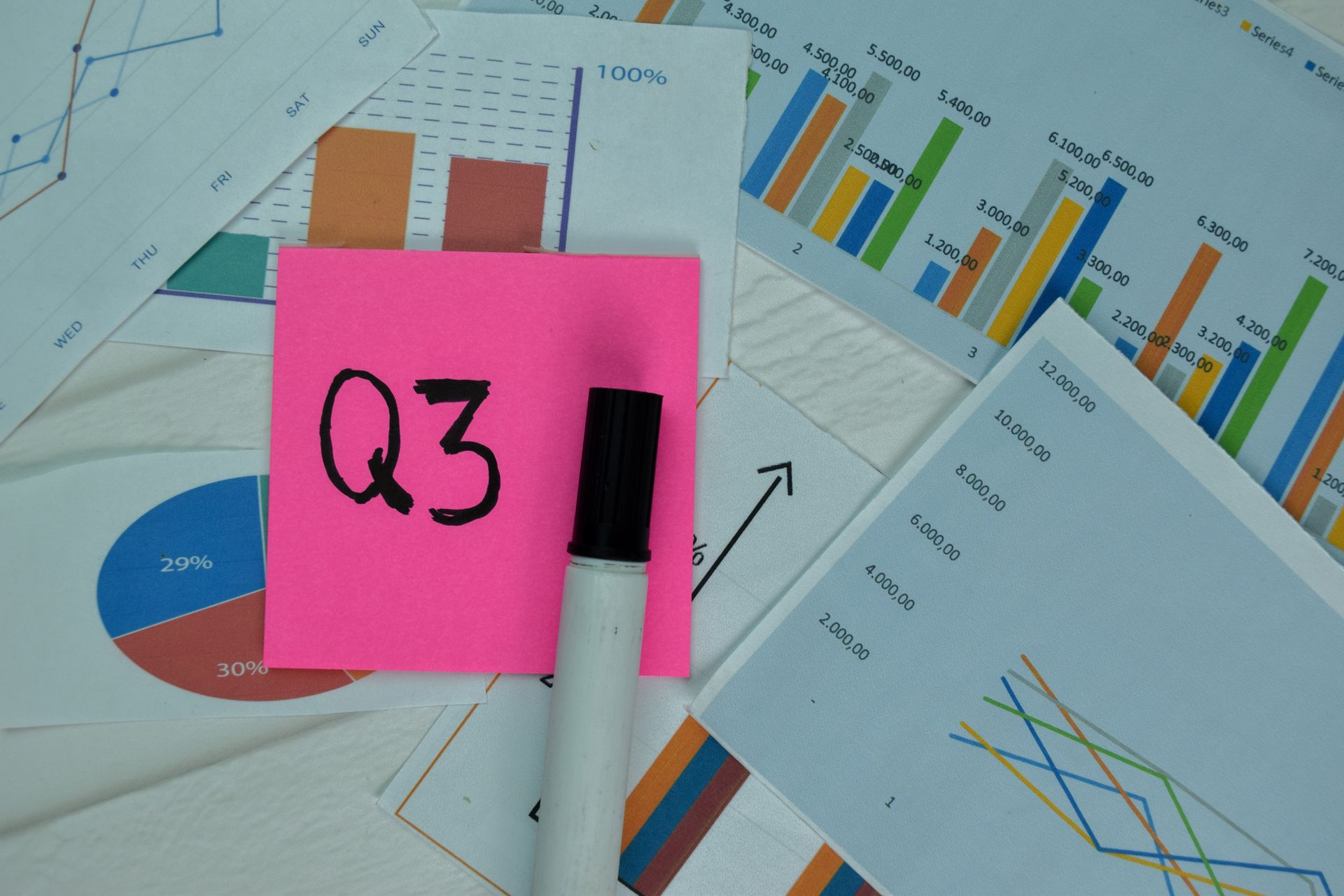The second quarter of 2021 showed strength in equities with the S&P 500 being up each
of the three months. The United States equity markets rallied to go three for three, while keeping a close eye on inflationary drag on companies and a historical supply chain issue from Covid-19. The monthly returns of the S&P 500 this quarter were 5.24% in April, .549% in May and 2.22% in June. The U.S. and global economy faced supply chain issues ranging from the inability to physically get shipping containers, to a boom in commodities, such as the well documented surge in lumber prices and labor shortages. One thing seemed clear; the American consumer continued to spring back from the Covid-19 lull of spending. This quarterly report will review aspects of Q2 regarding supply chain issues, Federal Reserve discussions, interest rates, the Delta Variant, and discuss projections/strategies moving forward.
As the second quarter of 2021 continued the post COVID recovery process, many consumers continued to spend after months of savings. This V-shaped global recovery created an imbalance between consumers and suppliers. This results in price fluctuation. The U.S. and other global economies lack the ability to be highly maneuverable. Instead, these economies take months, if not years, to ramp back up after such uncertainty from the pandemic. After years of demanding smart technology in what seems like everything we use, there has been an increased demand in computer “chips” (to oversimplify). The great 2021 chip shortage, as well as other materials/labor shortages, have created a new phenomenon of “depreciating assets” having appreciated, such as trucks, machinery, equipment, etc. We use this as an example of the impact global supply chain issues can have on our everyday lives.
At Moore F.S., we believe U.S. equity market investors had a close eye on the Federal Reserve and their intentions regarding interest rates and the purchase of securities on the open market. It is our belief that the Federal Reserve will make policy change in some form within a
year or two. Jerome Powell seemed to thread the needle and calm U.S. equity investors’ nerves this quarter with gentle language surrounding the subject of policy change. The Federal Reserve is eyeing the strategy of slowing their purchase of assets on open markets. These purchases essentially add money into the economy and have a quantitative easing effect on our economy. This easing strategy was implemented in the recovery of the great recession and have not fully been discontinued. Investment allocation strategy, especially for more conservative investors, becomes paramount during these times of potential interest rate changes. Moore F.S. bond portfolios favor high quality limited duration bonds, along with other bond types.
Interest rates decreased within the second quarter of 2021. The U.S. Ten Year Treasury note started the quarter with a yield of 1.745% and ended the quarter at 1.469%. In the opinion of Moore F.S., this slight decrease was a result of the overshot of interest rates in March, a month that saw a .33% increase of yield from 1.415% to 1.745%. Additionally, the Federal Reserve strongly sent the message that interest rate increases are not immediately on the horizon. This decrease of rates had a positive impact on the price of bonds. As interest rates fell, the bonds Moore F.S. held appreciated in value, because it became harder for investors to find new bonds paying that higher yield. The iShares 20+ Year Treasury Bond ETF TLT can illustrate this with a Q2 appreciation of 6.57%, moving from a starting value of 135.45 to 144.35 per share. This 6.57% increase in TLT paired nicely with an 8.06% increase in the iShares Core S&P 500 ETF IVV for the quarter. The IVV remains the largest holding of Moore F.S. for Q2 2021. Generally, bonds and stocks may have an inverse relationship, but a decreasing interest rate for the second quarter was a broadly favorable event for investors of both equity and debt holdings. The reduction of interest rates helps potentially increase the margins of companies, then reflects in the share price. Additionally, falling interest rates lead to an increase in the current price of bonds within a portfolio.
Lastly, we believe the Delta Variant of Covid-19 kept U.S. equities from hitting the thrusters with more emphasis. We seem to have lived through so much in the last couple years that it is without surprise that we are not fully in the clear from this mutation. The Delta Variant continues to spread globally and seems prevalent within the Midwest. The uncertainty of how rapidly this variant can spread and how effective current vaccines are will continue to be a key focus in our lives and within equity and bond prices.
Looking forward, Moore F.S. believes the recovery is on, and investors and consumers are willing to continue a path to more spending and higher equity prices. We remain highly invested in the United States equity markets, when appropriate for investors, and continue to be invested lightly into what we consider recovering assets, such as the cruise lines. For investors that can tolerate risk and exposure to volatility, we see Small Cap U.S. equities leading the trend higher over the next few years with much uncertainty in interest rates to potentially influence this trade. We see many of the supply chain issues being resolved in the next 9-15+ months, depending on the industry and sector of the economy.
I remain committed to managing every portfolio in a unique and personalized manner while individually trading each account. It is with great pride I continue to work with you on your financial goals and bring you the most efficient and cutting-edge portfolios and tradability. I continue to manage your goals and dreams, not simply your stocks and bonds. Moore F.S. continues to strive to use high quality companies with ideal earnings, generally speaking. On a personal note, within the second quarter of 2021, my wife, Samantha, and I welcomed second our daughter, Harper, into the world and things have mostly returned to normal within the Moore F.S. schedule and visiting with clients. As always please reach me personally if you have any questions or if I can help you. I remain committed to steering Moore F.S. in the direction of being as efficient and competitive as the largest firms, while providing strategic and personalized service you would find within the smallest of organizations.
Tyler A. Moore




